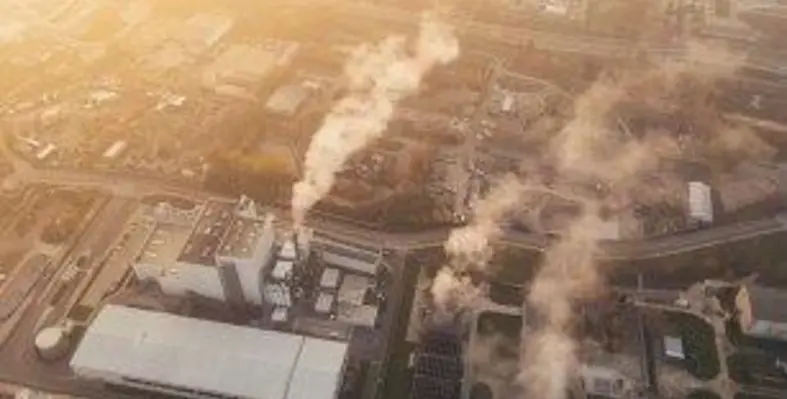DNV GL has launched an international industry consortium in collaboration with Dutch glass production expert company Celsian to develop the technology required for a gradual transition from natural gas to hydrogen as a fuel in energy-intensive industrial production processes
The programme provides an important building block for the successful rollout of the sustainable hydrogen value chain.
A major challenge for energy-intensive industrial production processes, for example in the glass, food and ceramic sectors, is to make existing heating processes carbon-free. As electrification is often not an option, a fast and sustainable route to reduce the carbon intensity for industrial heating processes is to substitute natural gas by hydrogen.
“Existing burner and burner control technology to decarbonise industrial production processes are not yet market-ready, despite great interest and the advantages of hydrogen as a low carbon fuel in high-temperature industries. Our programme aims to have new burner concepts available within two years,” said Sander Gersen, project leader, DNV GL – Oil and Gas.
The two-year programme is a unique collaboration in the introduction of hydrogen as a fuel for industrial use, aiming to contribute fundamental improvements to existing industrial heating processes to make the gradual transition from natural gas to hydrogen fast and cost-efficiently.
The industry consortium comprises more than 30 private and public partners throughout the hydrogen value chain, including industrial end users, technology suppliers, fuel suppliers and traders, gas transport companies, knowledge institutes and the Dutch government.
The transition from natural gas to hydrogen
Three important principles must be considered when switching from natural gas to hydrogen. Firstly, it is crucial that product quality is not affected. Therefore, in the first phase of the research strong emphasis is on understanding heat transfer from the hydrogen flame to the product. Secondly, security of supply during the transition is important - in other words, an end-user always wants to be able to switch back (temporarily) to natural gas. Finally, the solution should be relatively easy and cost-effective to integrate into existing installations.
The programme's proposed solution to reduce the carbon intensity of industrial energy consumption builds on the fuel adaptive burner concept recently developed by DNV GL and burner system manufacturer Zantingh. Where a traditional burner is only suitable for 100 per cent natural gas, the fuel transition adaptive burner can handle any mix of natural gas and hydrogen. An installation equipped with this new burner concept is prepared for any change in the natural gas/hydrogen mix that will be offered in the coming years while maintaining safety, reliability and low emissions.



